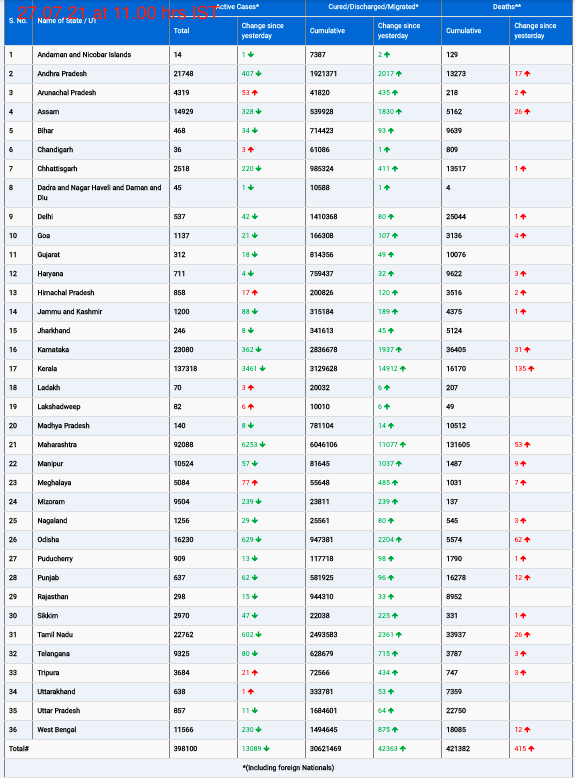Sydney, Australia — A groundbreaking study has found that young men who view women as objects are significantly more likely to engage in intimate partner violence (IPV). With one in four Australian women having experienced physical or sexual violence by an intimate partner, the study underscores the urgent need to address how gender objectification contributes to this widespread issue.
Researchers from the United States conducted three studies focusing on men aged 18 to 35 who had been in a committed relationship for at least one year. Their findings suggest that objectifying women, whether through seeing them as possessions or focusing on their physical appearance, plays a critical role in the likelihood of violent behaviors toward intimate partners.
Intimate partner violence, a persistent global problem, has long been linked to factors like alcohol abuse, financial strain, and past experiences with family violence. However, psychological theories, such as those proposed by feminist scholars Rae Langton and Martha Nussbaum, suggest that men who treat their partners as “object-like” are more disposed to harm them because they fail to see them as fully human.
The study’s authors tested this theory through a series of innovative experiments. In the first, men were assessed using the Implicit Association Test, a psychological tool that measures unconscious biases. The test gauged how strongly participants associated women with inanimate objects or animals, and results showed that those with a stronger objectification bias reported higher rates of abusive and coercive behaviors toward their partners.
Violence through the Voodoo Doll Test
The second study extended this research by adapting the Implicit Association Test to focus on how men perceive their partners specifically, rather than women in general. Participants were then asked to take part in the Voodoo Doll Task, where they could “stab” a virtual doll representing their partner in response to a provocative scenario.
The results were telling: men who associated their partners with objects were more likely to “stab” the virtual doll, especially when imagining a scenario where their partner was flirting with another man. Though this test is not a direct measure of physical violence, the research suggests that men who engage in this behavior may have lower inhibitions against real-world aggression.
The Role of Physical Appearance
A third study focused on the impact of emphasizing a partner’s physical appearance over her personality. Participants were asked to write about their partner’s looks or her character traits before taking part in the Voodoo Doll Task. The study found that men who focused on their partner’s appearance were more likely to engage in violent behavior, as indicated by their use of more “pins” on the virtual doll.
These findings suggest that objectifying a partner—whether by focusing on her physical attributes or viewing her as an object—may actively encourage violent behaviors. It also points to the disturbing idea that even men who do not overtly express hostile sexist attitudes may still be at risk of perpetrating intimate partner violence.
Implications for Prevention
The researchers emphasize that these findings offer a new perspective on how IPV develops. At its core, the study suggests that intimate partner violence is partially rooted in a lack of empathy. Men who objectify their partners are less likely to perceive them as fully realized human beings, which in turn makes it easier to justify violent actions.
This research has significant implications for preventing intimate partner violence. It calls for cultural shifts that encourage men to view women as complex individuals with agency and autonomy, rather than focusing on their appearance. By fostering empathy and reducing objectification, society may be able to reduce the shocking rates of violence in heterosexual relationships.
As Australia and the world continue to grapple with the widespread issue of intimate partner violence, understanding the psychological factors behind it is critical. Studies like this underscore the need for comprehensive education and interventions aimed at reducing gender objectification and promoting healthier, more respectful relationships.












